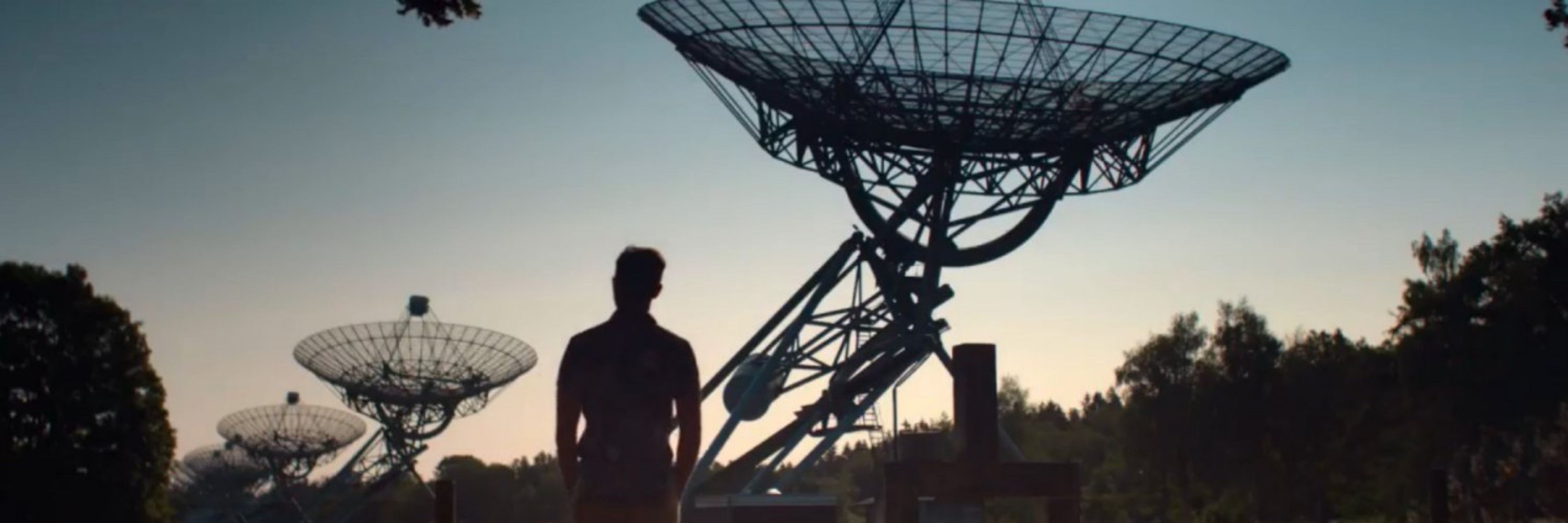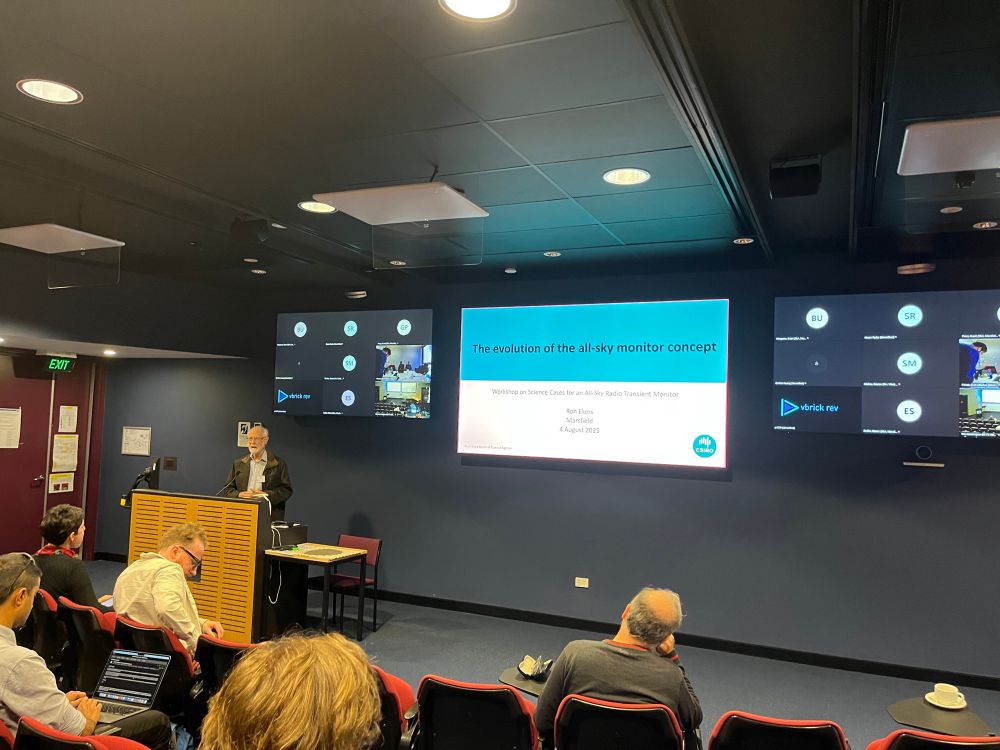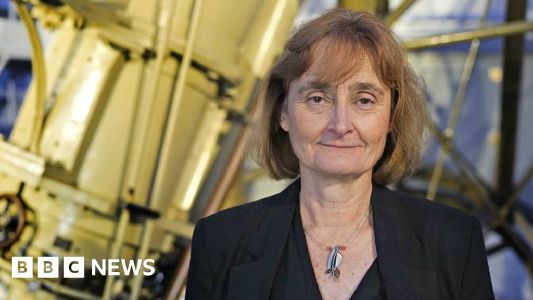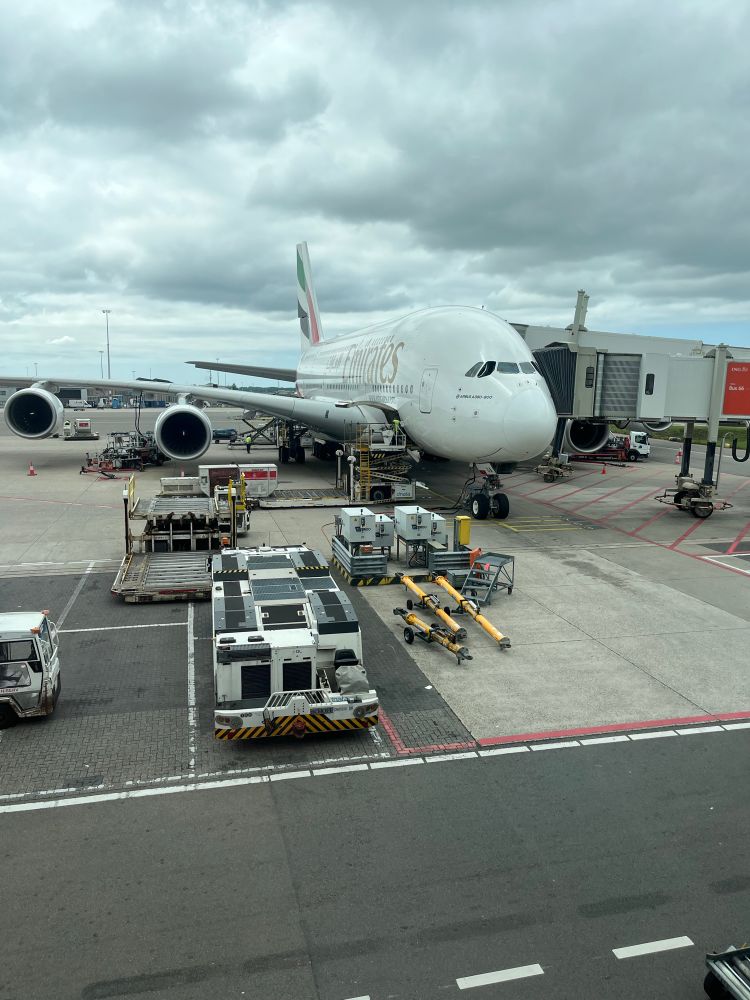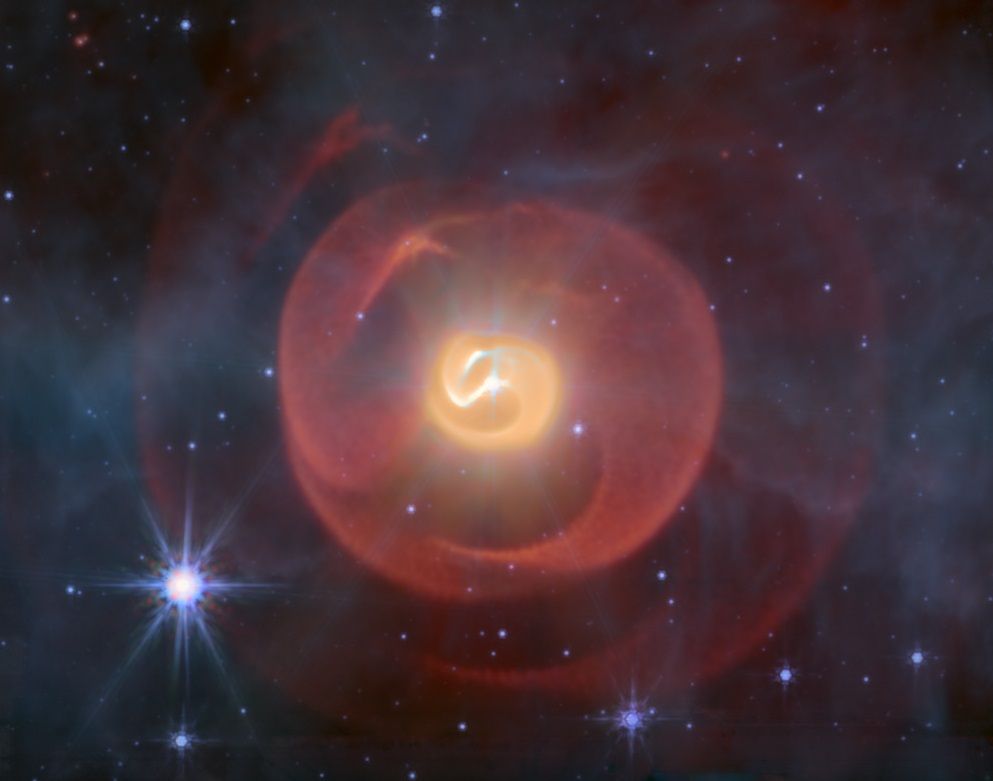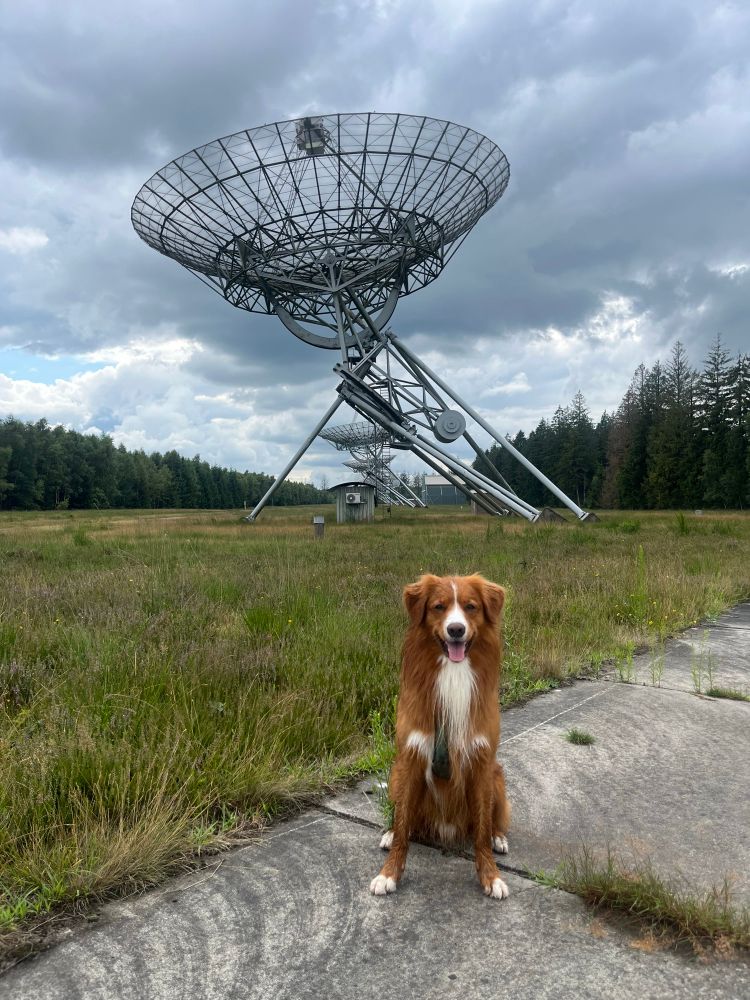Joe Callingham
@astrojoe.bsky.social
4K followers
250 following
200 posts
Dutch-Australian | Astrophysicist | Head of the Square Kilometre Array (SKA) Science Group at ASTRON | Associate Professor at the University of Amsterdam
Posts
Media
Videos
Starter Packs
Joe Callingham
@astrojoe.bsky.social
· Sep 9
Joe Callingham
@astrojoe.bsky.social
· Sep 5
Joe Callingham
@astrojoe.bsky.social
· Aug 27
El Espectro 👻 🎃
@telescoper.bsky.social
· Aug 27

Should PhD students drink more? - Theory and Society
This essay examines the declining alcohol consumption among PhD students and its implications for academic social life. Drawing on Slingerland’s (2021) evolutionary framework, I suggest that moderate ...
link.springer.com
Reposted by Joe Callingham
